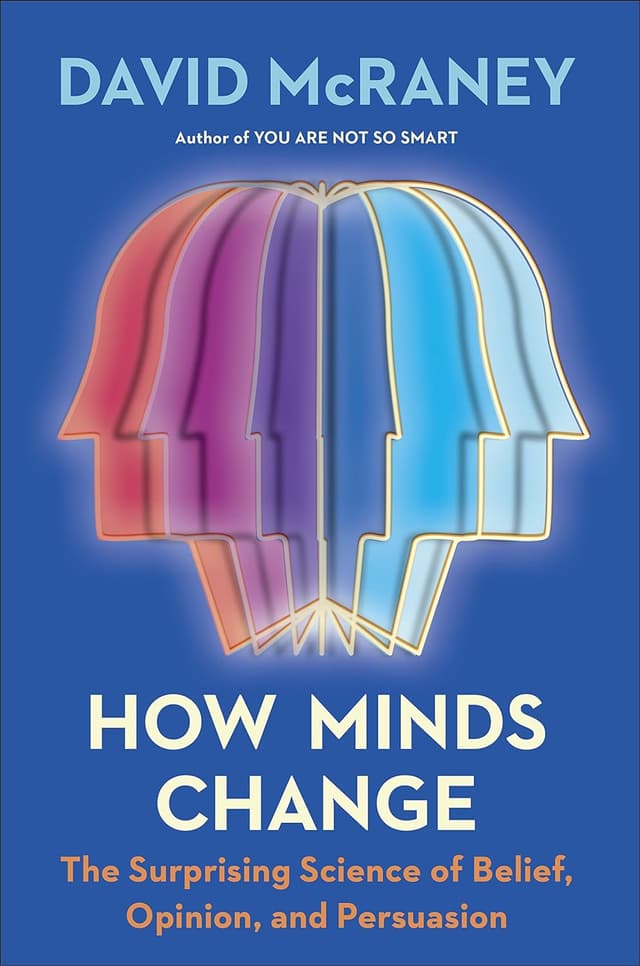Noah Brier | August 16, 2022
The Optical Illusion Edition
On perception, color, and guesses
Recommended Products

A book excerpt featured in Wired provides an intriguing answer to the perception mystery related to 'the dress', suggesting that color perception might depend on whether you're an early riser or a night owl.
Noah here. If you spent any time on the internet in 2015, you almost definitely remember “the dress.” If not, it’s all pretty simple: take a look at the color of the dress in the photo below. While it is very obviously a two-colored pattern, whether those colors are white and gold or black and blue depends on … something.
Why is this interesting?
Exactly what that “something” is, still isn’t entirely understood. But a recent excerpt of David McRaney’s book How Minds Change in Wired offered an intriguing answer: the color was dependent on whether you were an early riser or a night owl.
How could that be? It all has to do with the ambiguity of the photo and the tricks our brains have to clean that up. In this case, because the photo is crappy and overexposed, it’s hard to tell what kind of lighting is going on. Is this taken on a bright day in front of a window or in a dark room with a flash? Without an answer, our brain takes a guess, and neuroscientist Pascal Wallisch found that the approach taken was most correlated with our bedtime. From the Wired article:
After two years of research with more than 10,000 participants, Pascal discovered a clear pattern among his subjects. The more time a person had spent exposed to artificial light (which is predominantly yellow)—typically a person who works indoors or at night—the more likely they were to say the Dress was black and blue. That was because they assumed, unconsciously, at the level of visual processing, that it was artificially lit, and thus their brains subtracted the yellow, leaving behind the darker, bluish shades. However, the more time a person had spent exposed to natural light—someone who works during the day, outside, or near windows—the more likely they were to subtract blue and see it as white and gold. Either way, the ambiguity never registered.
In the end, The Dress falls into a general set of optical illusions that seem to short-circuit our perception. But as psychologist Girg Girderenzer and others have argued, this kind of mistake is probably crucial to perception working at all. If our minds didn’t take any risks, we would all walk around with peripheral blindspots and constantly blurry vision. (NRB)
Thread of the Day:
It’s linked to at the end there, but this thread from @foone on how we adjust for rapid eye movements is fantastic. Also includes this wonderful tip if you want to see your eyes move—probably for the first time. (NRB)

—
WITI x McKinsey:
An ongoing partnership where we highlight interesting McKinsey research, writing, and data.
Sustainability and innovation in fashion. The leader of a cutting-edge institute talks about innovative new materials that “eat” carbon and may enable cotton to grow without irrigation, as well as the potential for building the world’s shortest supply chain in two 40-foot containers. Check it out.
—
Thanks for reading,
Noah (NRB) & Colin (CJN)
—
Why is this interesting? is a daily email from Noah Brier & Colin Nagy (and friends!) about interesting things. If you’ve enjoyed this edition, please consider forwarding it to a friend. If you’re reading it for the first time, consider subscribing (it’s free!).

